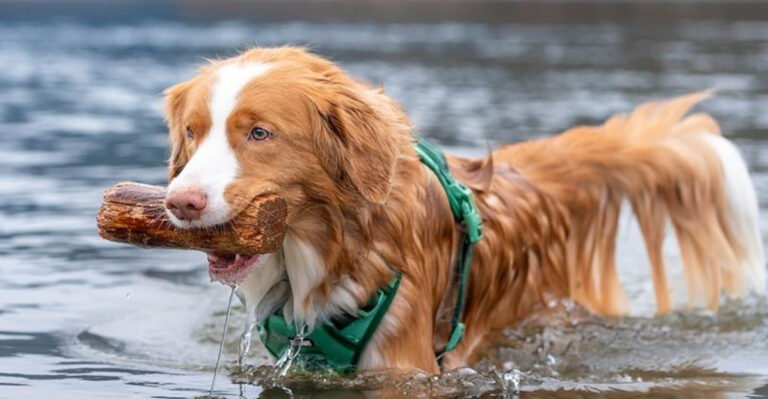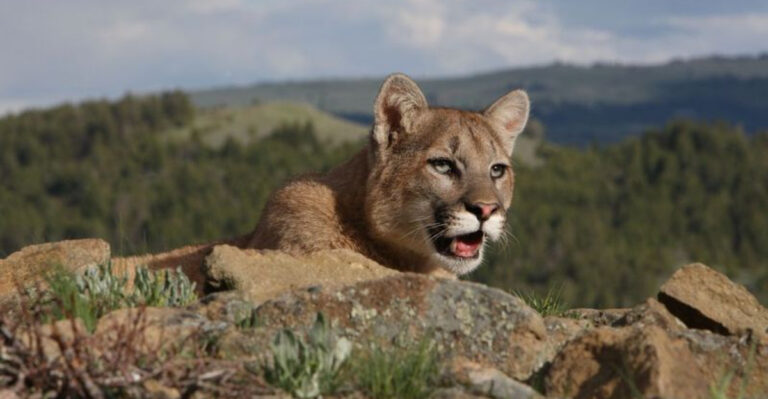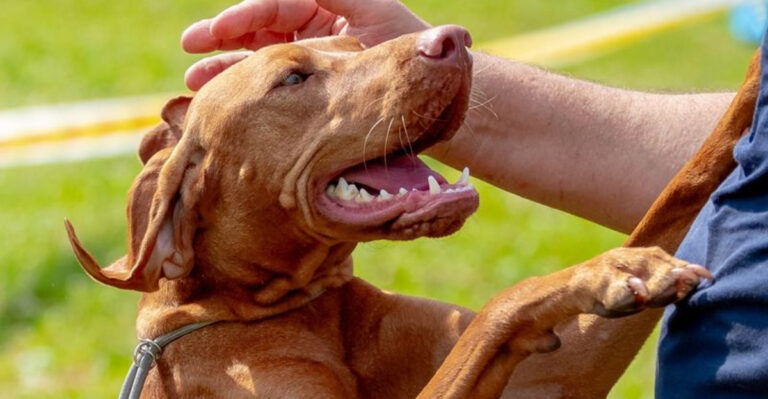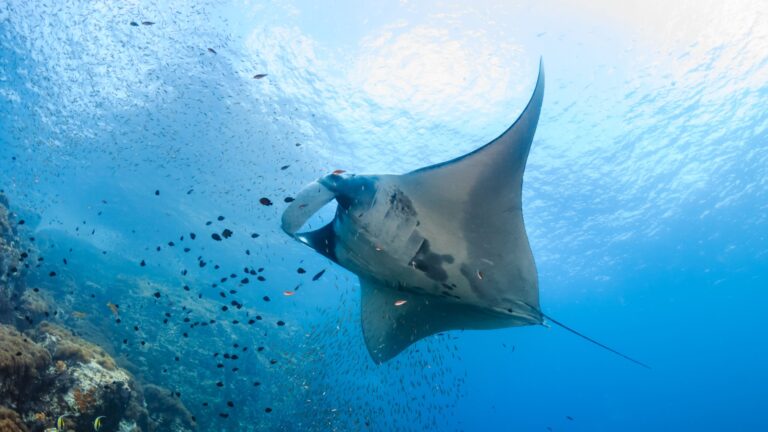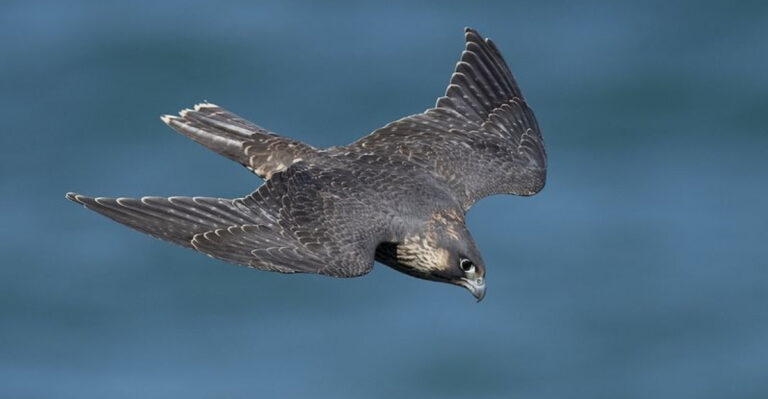14 Lesser-Known Reasons Why Birds Fluff Up (It’s Not Just For Warmth!)

Bird fluffing is a fascinating behavior that extends beyond mere warmth. While many assume fluffing is solely for insulation, birds have a repertoire of reasons for this captivating action.
From expressing emotions to health-related signals, fluffing serves as a vital part of avian communication and survival.
Join us as we explore lesser-known reasons behind this intriguing behavior, revealing the hidden complexities of bird life that often go unnoticed.
1. Emotional Expression
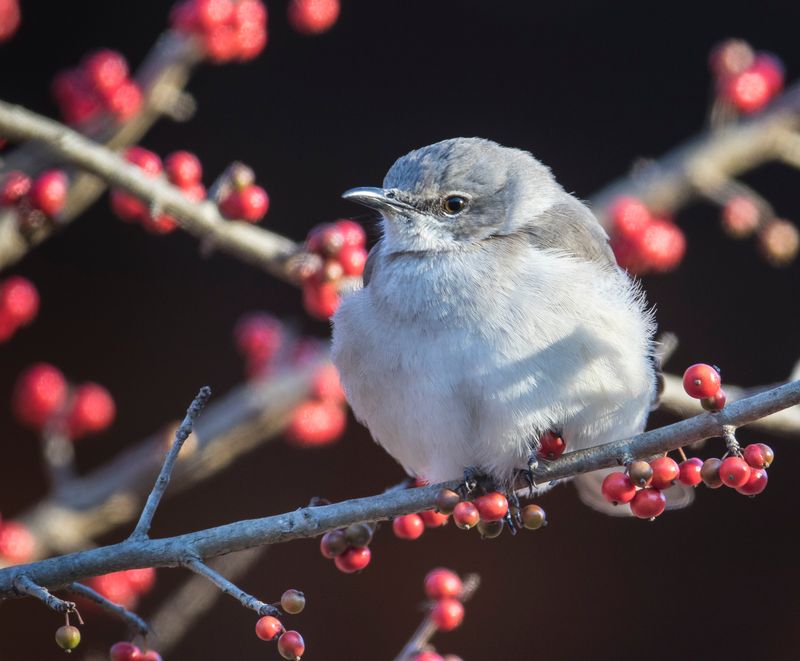
Birds, much like humans, express emotions in a myriad of ways, and fluffing up can be one of them. When a bird is content or relaxed, you might notice it puffing up its feathers, creating a cozy, rounded appearance. It’s similar to how one might wrap up in a comfortable blanket.
Conversely, when stressed or threatened, birds also fluff up to appear larger and more intimidating to potential threats. This dual nature of fluffing as both a comfort and defense mechanism is a testament to the complexity of avian behavior.
2. Preening Aid
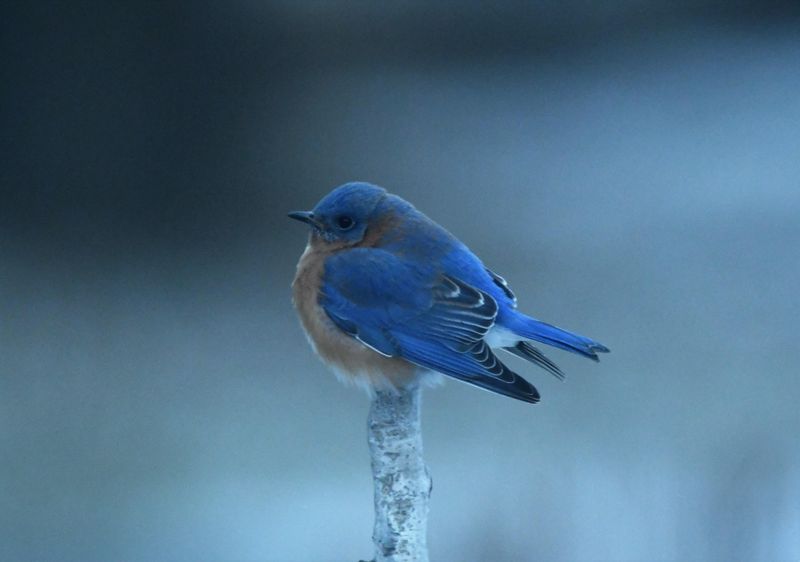
Fluffing can also be an essential part of a bird’s grooming routine. By puffing up its feathers, a bird can dislodge dirt and debris, making it easier to clean itself with its beak. This action can be particularly common in parrots and other birds known for their vibrant plumage.
The process of preening helps maintain the health and functionality of feathers, ensuring they remain in top condition for flight and insulation. By regularly fluffing, birds can effectively manage their grooming, keeping themselves clean and healthy.
3. Temperature Regulation
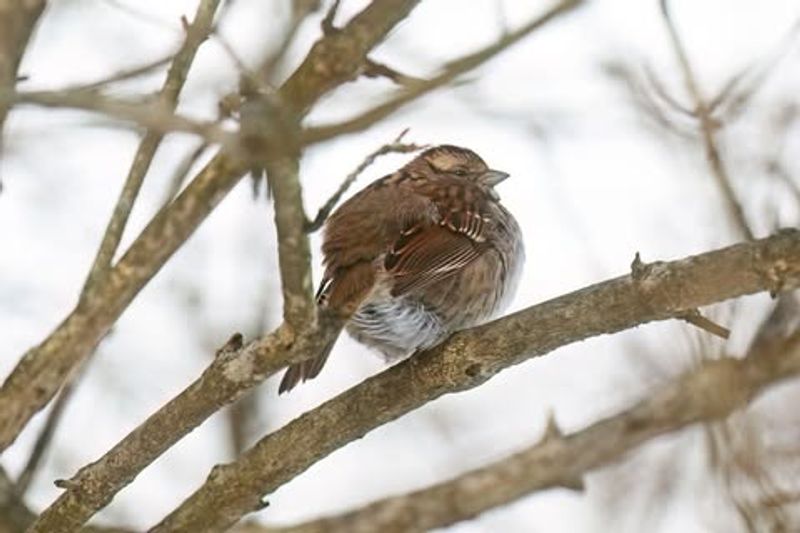
Fluffing isn’t just about staying warm; it also plays a crucial role in helping birds cool down. By fluffing their feathers, birds increase airflow around their body, promoting heat dissipation and cooling themselves in warm weather.
This clever adaptation allows birds to regulate their body temperature more effectively. In environments where temperature fluctuates, this ability to fluff and adjust can be a lifesaver, demonstrating the incredible adaptability of birds in various climates.
4. Sunbathing

Sunbathing is a common behavior among birds, and fluffing up is often part of this ritual. By fluffing their feathers while sunning, birds can expose more skin to the sunlight, aiding in the absorption of Vitamin D.
This behavior not only supports their health but also helps in managing parasites. The warmth of the sun, coupled with the fluffed feathers, can dislodge and deter unwanted pests, showcasing another ingenious method birds use to maintain their wellbeing.
5. Courtship Display
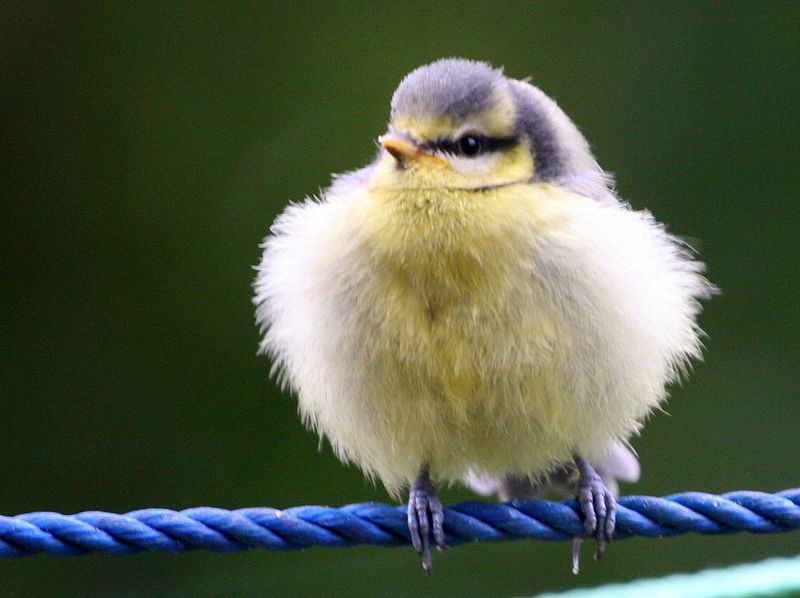
Fluffing up can be an intricate part of a bird’s courtship display. In species like the peacock, males fluff and spread their feathers to showcase their vibrant plumage, attracting potential mates.
This display is not merely about aesthetics; it signals the bird’s health and vitality to potential partners. By presenting full, fluffed feathers, birds demonstrate their genetic fitness, playing a crucial role in mating rituals and the continuation of their species.
6. Parasite Management
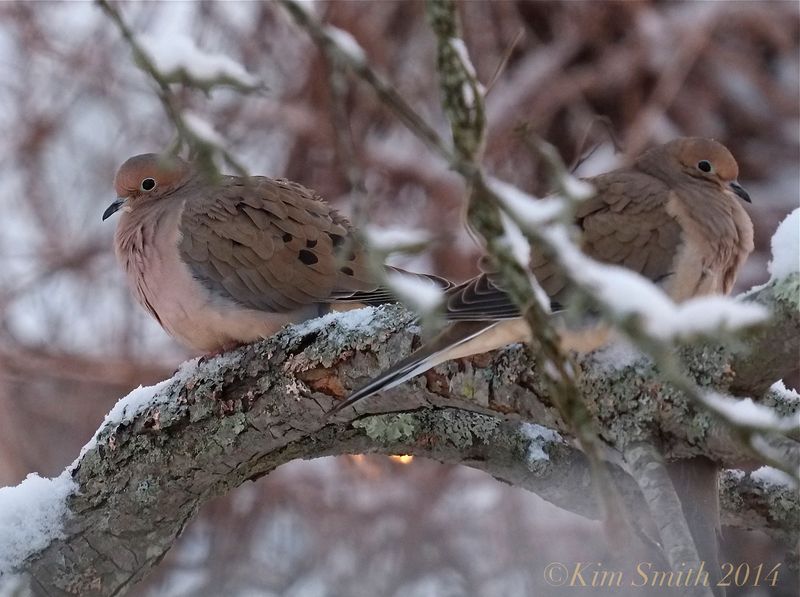
Fluffing feathers can be a bird’s natural strategy for dealing with parasites. By puffing up, birds can shake off or dislodge parasites that may be hiding within their plumage.
This action, often accompanied by shaking or preening, helps birds maintain feather health and reduce discomfort caused by these unwelcome guests. Such behaviors highlight the clever adaptations birds have evolved to keep their bodies pest-free and comfortable.
7. Territorial Display
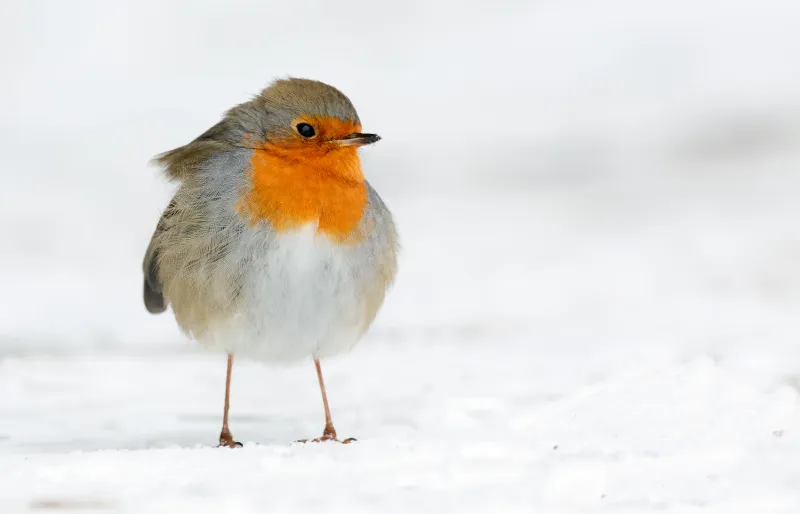
In the wild, establishing territory is crucial for many bird species, and fluffing plays a surprising role in this. By puffing up, birds can appear larger and more intimidating to competitors or intruders.
This visual display serves as a warning signal, communicating strength and dominance. Within the avian world, such displays are a vital part of territory defense, helping birds secure their habitat and resources.
8. Comfort And Relaxation
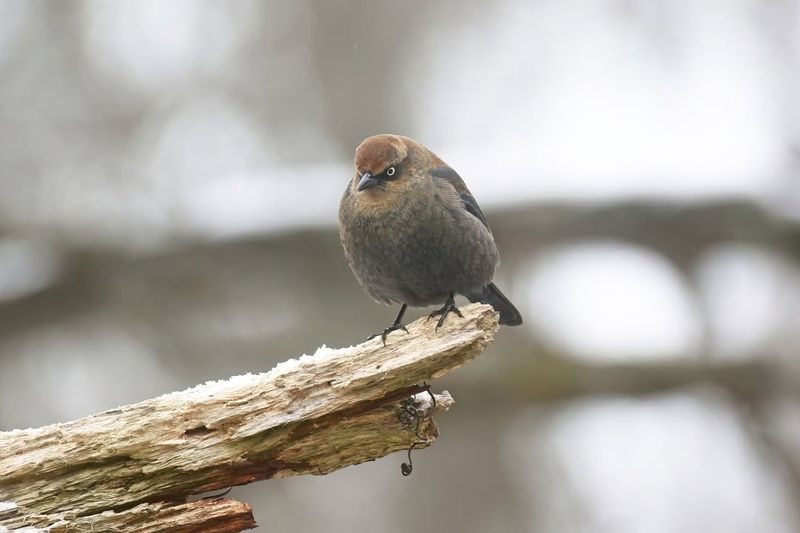
Fluffing is not just for show; it can also be a sign of pure relaxation. Birds often fluff up as they settle down to rest or sleep, indicating a state of comfort and safety.
This behavior allows them to trap air beneath their feathers, creating a warm, insulating layer. As birds snuggle into their fluffed plumage, they find a cozy refuge, underscoring the role of fluffing in providing both physical and emotional comfort.
9. Molt Preparation
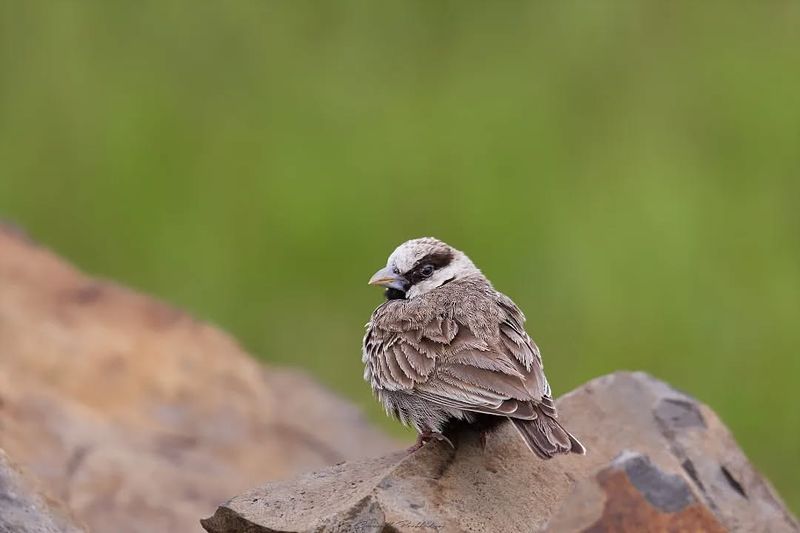
As birds prepare to molt, fluffing becomes more frequent. This behavior helps loosen old feathers, making way for new growth.
Fluffing in preparation for molting ensures that birds efficiently shed worn or damaged feathers, supporting their overall health and feather quality. This natural process is essential for maintaining optimal flight and insulation capabilities, revealing the critical role of fluffing in a bird’s life cycle.
10. Communication Among Flock
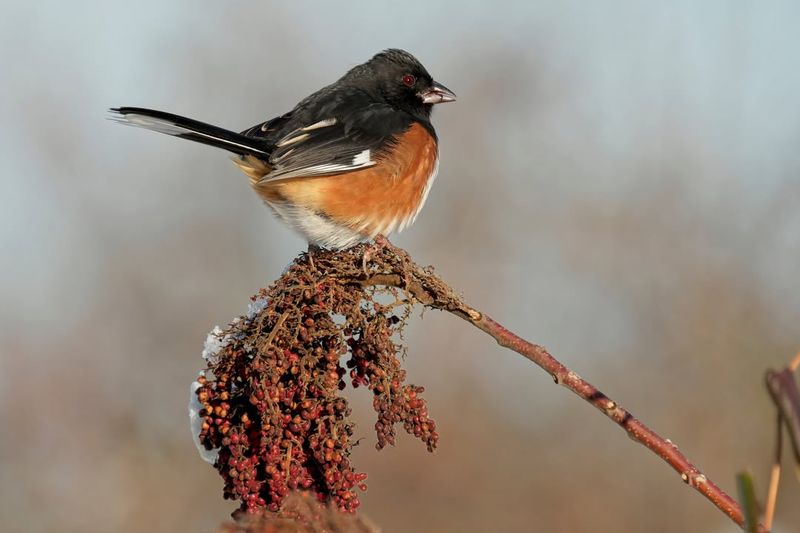
In social bird species, fluffing can be a form of non-verbal communication. Birds may fluff up to signal various messages to their flock, such as alertness, readiness to fly, or even contentment.
This silent communication method strengthens social bonds and ensures the safety and coordination of the group. Through such intricate behaviors, birds exhibit a sophisticated level of social interaction, vital for their survival.
11. Stress Relief
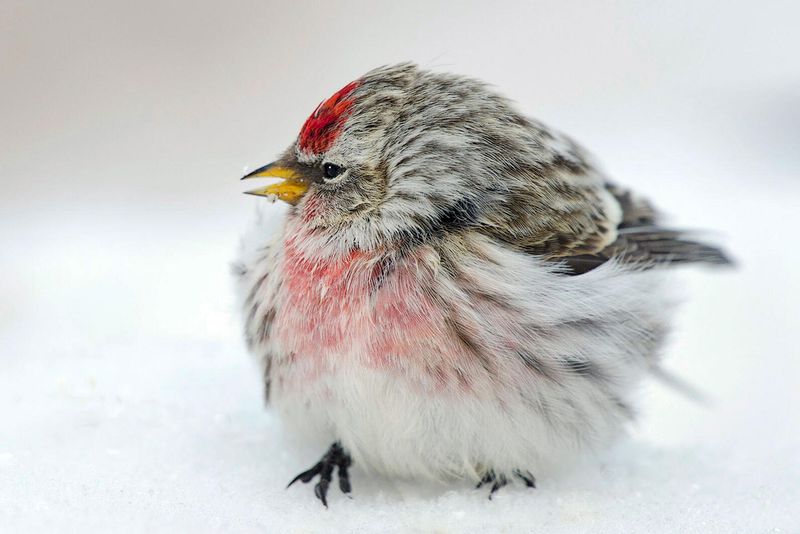
Fluffing can be a soothing action for birds, helping them relieve stress. Similar to humans fidgeting or taking deep breaths, birds fluff up to release tension.
This calming behavior allows birds to cope with environmental stressors, such as predators or harsh weather. By fluffing up, they find a moment of peace amidst potential chaos, showcasing a unique way birds maintain their mental wellbeing.
12. Health Indication

Sometimes, fluffing can signal that a bird is unwell. Birds often fluff up and appear lethargic when experiencing illness, using the behavior to conserve energy and maintain body heat.
This visible sign can alert bird watchers and caretakers to potential health issues. Understanding this connection between fluffing and health is crucial for early intervention and care, highlighting the importance of observing subtle changes in bird behavior.
13. Weather Adaptation
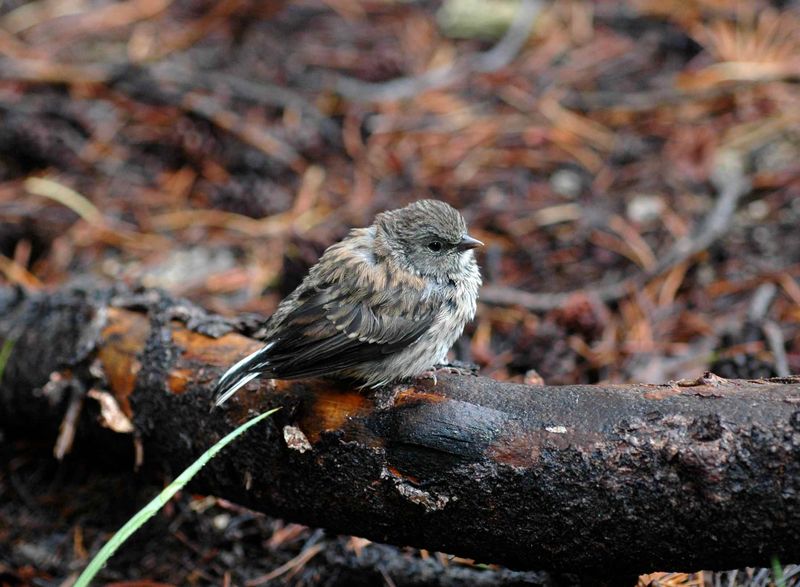
As weather conditions shift, birds may fluff up to better adapt. This adaptive behavior helps them manage body temperature and maintain comfort during sudden weather changes.
Fluffing provides a flexible solution to cope with both cold snaps and heatwaves. This adaptability is key to surviving in dynamic environments, where rapid weather changes can pose significant challenges to small creatures like birds.
14. Energy Conservation

Fluffing plays an active role in energy conservation for birds, especially during rest periods. By creating a layer of trapped air between their feathers, birds reduce heat loss and minimize energy expenditure.
This behavior is particularly beneficial in cold environments, where energy efficiency is vital for survival. Fluffing thus becomes a strategic action, allowing birds to maintain warmth without depleting their energy reserves, emphasizing the role of fluffing in energy management.

